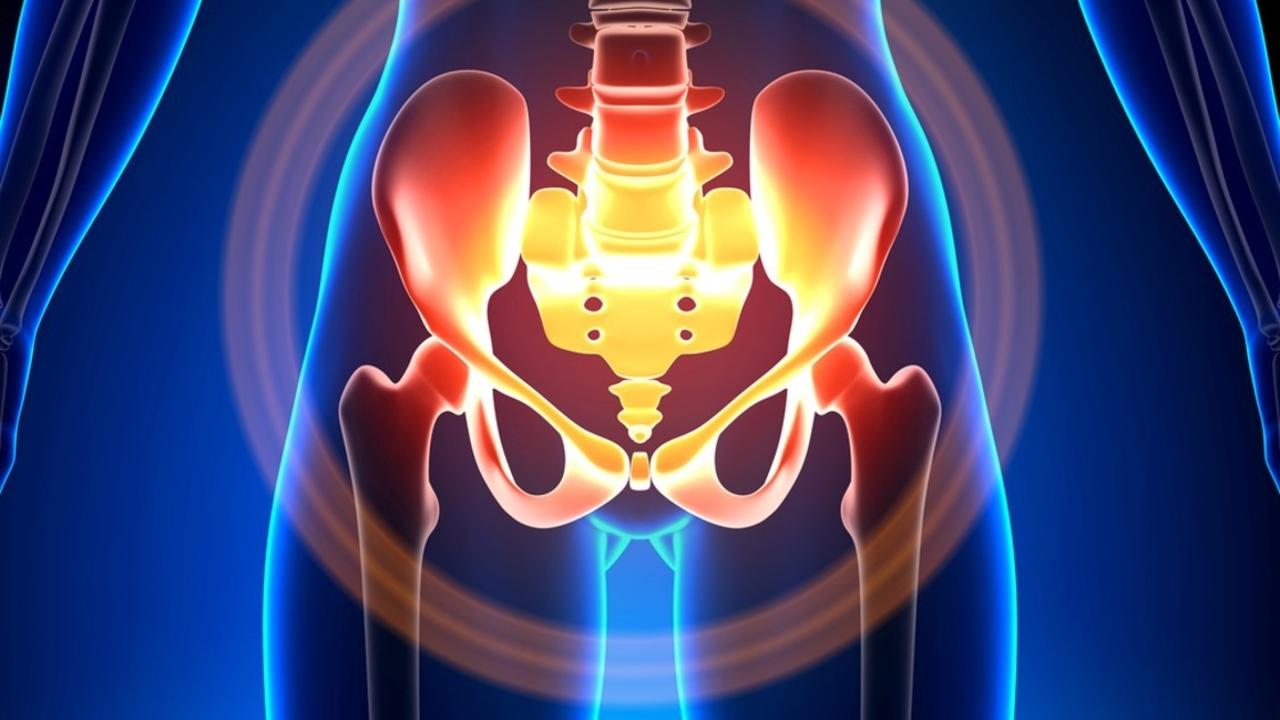
Painful Sex? Pelvic Pain? It’s Not All in Your Head
Jan 14, 2018Painful sex. It’s a symptom — along with burning, stinging, itching and swelling — of an agonizing condition known as vulvodynia. That’s the medical term for persistent pain at the vaginal entry, upper thighs, and buttocks, and some women are so badly afflicted that they cannot wear underwear and can barely walk.
I wrote about vulvodynia more than ten years ago in my book, The Whole Soy Story: The Dark Side of America’s Favorite Health Food.1 At the time, many women suffering such symptoms were told it was “all in their heads” and advised to visit psychotherapists and marriage counselors.
Fortunately, research was already emerging linking vulvar pain to oxalate, an indigestible sharp-edged compound found in high levels in spinach, rhubarb, soybeans, peanuts and other foods. Oxalate prevents the proper absorption of calcium, leading to a host of potential health problems. It is not uncommon for women suffering from vulvodynia to also experience irritable bowel, interstitial cystitis, chronic fatigue, fibromyalgia, muscle and joint pain, burning mouth and tongue, allergies, headaches, dryness in the eyes and mouth and rectal itching.
Why is oxalate such an irritant?
Back in 2004 I asked Clive S. Solomons, PhD, Former Director of Research at the University of Colorado Health Sciences Center and a consultant to the Vulvar Pain Foundation, that question. He said oxalate caused the release of histamine, resulting in the burning of tissues. Research shows that such women excrete higher-than-normal concentrations of oxalate in their urine at certain times of day and experience the most intense pain during these peak periods. This is why some women find relief from an oxalate reduction diet alone.2
The foods highest in oxalates are spinach and rhubarb.
Years ago I assumed few people other than Popeye ate much spinach. William Shaw, PhD, of Great Plains Laboratory set me straight on that when we spoke together at a Wise Traditions conference. Seems many health conscious individuals have shifted from fast food lunches to “healthy” spinach salads that they eat day after day. Because of the high oxalate content, men doing so are prone to kidney stones; women to vulvodynia.
Generally, it’s soy that’s the biggest problem. Vegans and people who are dairy intolerant, after all, may consume soy foods or soy milk for breakfast, lunch, dinner and snacks. Textured soy protein contains a whopping 638 mg of oxalate per 85 gram serving.3 That’s even higher than spinach, the best known oxalate-containing food, which weighs in at 543 mg per one cup (2 ounce fresh) serving. Research not only links soy to vulvodynia but to a challenging condition called “persistent arousal syndrome.” Although people who first hear about this one think it sounds like naughty fun, the reality is a tension in the pelvic region that’s both persistent and painful.4
In addition to a low oxalate diet, I’ve seen clients with vulvodynia and other pelvic pain benefit from reducing inflammation in the body and from nutritional support for their connective tissue. There are many causes of inflammation including chronic stress. For connective tissue support, nothing’s better than genuine old-fashioned bone broth, as well as soups and stews. I’ve written about this extensively in the book, Nourishing Broth: An Old-Fashioned Remedy for the Modern World. In terms of supplements, collagen peptides are good but cartilage is most effective of all. Click here to see the products I love at Vital Proteins.
Isa Herrera, MSPT, CSCS

According to Isa Herrera, MSPT, CSCS, a pelvic pain specialist based in Manhattan, chronic pelvic pain is a problem for 30 million American women. And that’s not a typo. These women are suffering from pain, incontinence and sexual problems, ranging from low desire to sex that is so painful that it is impossible. Many of these women have been desperate enough to undergo surgery, a procedure that offers a low probability of success. Some give up hope that they will ever find solutions, reject relationships, and use words like feeling “lonely,” “broken” or “old.”
Worst of all, Herrera reports that many women “feel so embarrassed they cannot talk about it at all.” To date, she has helped 14,704 women and overseen more than 52,000 recoveries in her busy practice. So if you are thinking of going under the knife or just giving up, know that there may be viable options you haven’t yet considered.
Free Seminar
To help more women than she can work with in her New York practice, Herrera has decided to offer a free online seminar, Lady Parts 101 Pelvic Healing Masterclass on January 17, 2018 at 8 pm eastern time. To sign up, click here.
At this online masterclass, Herrera will help you discover:
- Your type of vagina and how to care for it
- Why kegel exercises might be causing incontinence . . . or making it worse
- An easy technique that can relieve pain in the pelvic area
- A pelvic massage to try if you are experiencing pain during sex
- Three all-natural methods that can heal incontinence, whether it’s nothing more than the occasional wet spot or serious enough to require panty liners.
If that sounds like helpful information, click here and plan to attend. As the Naughty Nutritionist®, I help women “make love to their lives™” with nutrition and lifestyle changes. Pelvic pain is not my specialty so I am looking forward to Isa’s seminar to learn more about the many options that go beyond diet alone. Attendance is free, so don’t miss this opportunity if you — or someone you love — are suffering from vulvodynia, pelvic pain or any related health issues.
Considering a low-oxalate diet?
I recommend testing your oxalate levels with Great Plains Laboratory. For more information, click the CONTACT button below. Sign up for a free telephone conversation in which we can talk about the hows, whys and costs of oxalate testing.
REFERENCES
1Daniel KT, The Whole Soy Story: The Dark Side of America’s Favorite Health Food. (New Trends, 2005). pp. 245-248.
2Clive Solomons, as quoted in Daniel, p. 247.
3Massey LK, Palmer RG, Horner HT. Oxalate content of soybean seeds (Glycine max: Leguminosae), soyfoods, and other edible legumes. J Agric Food Chem. 2001 Sep;49(9):4262-6.
4Amsterdam A, Abu-Rustum N et al. Persistent sexual arousal syndrome associated with increased soy intake. J Sex Med. 2005 May;2(3):338-40.


